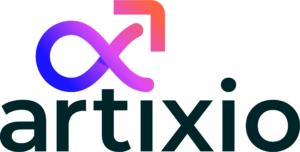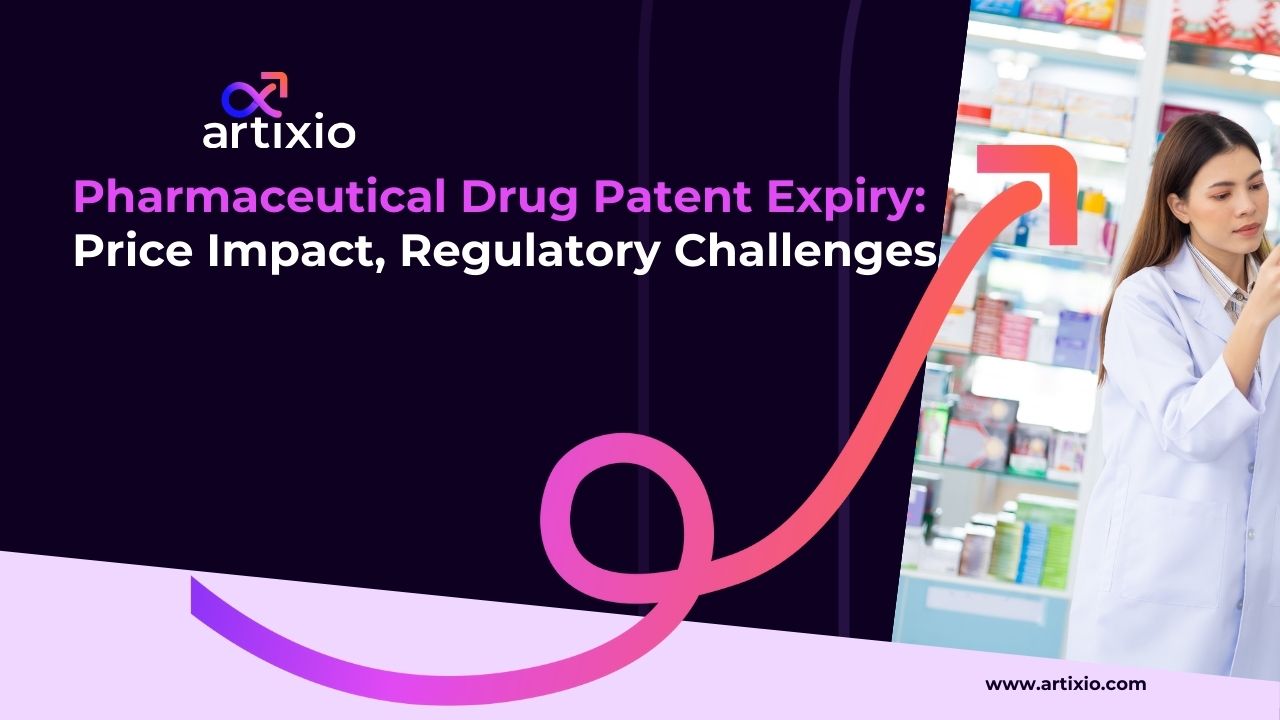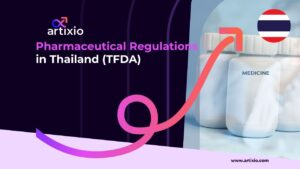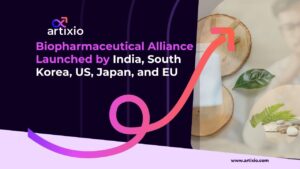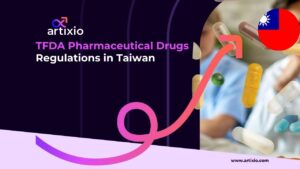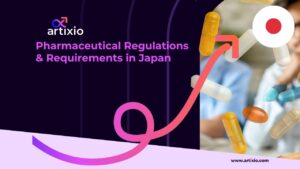Patent expiry marks a significant milestone in the lifecycle of a pharmaceutical product. When a drug is first developed, the manufacturer is granted a patent that typically lasts for 20 years, providing market exclusivity and enabling the company to recoup its research and development costs through higher pricing. During this period, the drug manufacturer has the sole right to produce and sell the medication, allowing it to set premium prices.
Once the patent expires, other companies can develop and market generic or biosimilar versions of the drug, usually at much lower prices. This influx of competition leads to a reduction in the price of both the original branded drug and its generic counterparts. The extent and speed of the price decline depend on various factors such as the number of competitors, market demand, and the complexity of the drug.
Impact of Drug Patent Expiry on Prices
In recent years, several notable trends have emerged concerning drug prices after patent expiry:
Less Dramatic Price Drops: Historically, drug prices fell sharply when generic versions entered the market, often decreasing by 80–90%. However, recent trends show that price reductions post-patent expiry are less dramatic for some drugs. This is due to:
- Fewer generic manufacturers: Increased consolidation in the generic drug industry has led to fewer competitors producing generics for the same drug, which slows down the rate of price reduction.
- Rising costs of generic drug development: Higher regulatory standards and manufacturing complexities are leading to increased production costs for generics.
Branded Drug Price Maintenance: Some brand-name manufacturers have maintained higher prices even after patent expiration. This is due to strategies such as:
- Brand loyalty and perception: Certain patients and physicians prefer sticking with the original branded drug due to perceived quality or trust.
- Evergreening strategies: Pharmaceutical companies use “evergreening” tactics, such as reformulating drugs or introducing new delivery systems to extend market exclusivity, thus keeping prices higher.
- Authorized generics: Some companies launch “authorized generics” (generic versions of their own brand-name drugs) at a slightly lower price but not as low as competing generics, thus keeping some market control.
Slower Market Entry for Generics and Biosimilars: Regulatory and legal delays in approving generic and biosimilar versions have extended the time it takes for cheaper versions to enter the market. Companies often file patent infringement lawsuits or secure additional patents to delay the launch of competing generics. This trend can keep prices higher for longer periods post-patent expiry.
Impact of Biosimilars on Biologics: Biologics have shown a different trend after patent expiry. Unlike traditional small-molecule drugs, where generics sharply reduce prices, biosimilars have led to more modest price decreases around 10–30%. Mostly due to the complexities of biologic drugs, the high cost of developing biosimilars, and the regulatory hurdles involved in their approval. Biosimilar competition has generally not resulted in the same level of price erosion seen with conventional drugs.
Government and Payer Pressure: Increased scrutiny from governments and health insurance providers is leading to calls for price reductions for both branded drugs and their generic counterparts. In markets like the U.S., recent initiatives like Medicare price negotiations are aimed at reducing drug prices, especially for drugs post-patent expiry.
Emergence of Competitive International Markets: In certain international markets, particularly India and China, generics are being introduced more rapidly and at lower prices than in more regulated markets like the U.S. and Europe. This has led to more aggressive price competition in these regions.
Increased Focus on Specialty Drugs: Specialty drugs, such as those used in oncology or rare diseases, tend to retain higher prices even after patent expiry. This is because these drugs often have complex formulations or delivery mechanisms, making it harder for generics to penetrate the market or lower prices as significantly.
Regulatory Challenges in Bringing Generic Drugs to the Market Post-Patent Expiry
Generic drugs are medications that are created to be equivalent to brand-name drugs in terms of dosage form, safety, strength, route of administration, quality, performance characteristics, and intended use. They are typically introduced to the market after the patent protections for the brand-name drugs have expired, allowing other manufacturers to produce and sell them. In this blog, we discuss the regulatory challenges faced by generic drugs.
Generic drugs are typically approved through an Abbreviated New Drug Application (ANDA) process by the US FDA. This pathway is designed specifically for generic drug approval and has distinct features compared to the New Drug Application (NDA) process used for brand-name drugs.
The European Medicines Agency (EMA) and national regulatory authorities in individual EU countries are responsible for generic drug approvals, often through the decentralized or centralized procedure.
Key features of the generic drug approval process:
- No Requirement for Clinical Trials: Unlike an NDA, the ANDA does not require the generic manufacturer to conduct clinical trials to establish safety and efficacy.
- Bioequivalence Testing: The manufacturer must conduct bioequivalence studies to prove that the generic drug performs in the same manner as the original drug, with similar pharmacokinetic properties.
- Therapeutic Equivalence: The goal is to ensure that the generic drug can be substituted for the brand-name drug with the expectation that it will produce the same clinical effect.
- Same Labeling as Brand-Name Drug: The generic drug must have the same labeling as the brand-name drug.
These approval processes are designed to streamline the approval of generic drugs, ensuring that they are safe, effective, and affordable alternatives to brand-name medications.
Regulatory challenges for generic drugs before market entry
Patent Certifications
As part of the ANDA, the generic manufacturer must certify how their drug relates to any patents on the brand-name drug. This includes:
- Paragraph I: The drug is not patented.
- Paragraph II: The patent has expired.
- Paragraph III: The generic manufacturer will not market the drug until the patent expires.
- Paragraph IV: The patent is invalid or will not be infringed by the generic drug (often leads to litigation).
Patent Challenges
Brand-name drug manufacturers often hold multiple patents on different aspects of a drug, including formulation, method of use, and production processes. Generic companies must navigate these patents and often face litigation when they attempt to enter the market.
30-Month Stay
If a generic manufacturer files a Paragraph IV certification (claiming that the brand’s patent is invalid or not infringed), the brand-name company can sue, which may result in an automatic 30-month stay, delaying the generic’s market entry.
Regulatory Exclusivities
Exclusivity Periods: Certain regulatory exclusivities can delay generic entry even after patent expiry. These include:
New Chemical Entity (NCE) Exclusivity: Provides 5 years of market exclusivity for drugs with a new active ingredient.
Orphan Drug Exclusivity: Grants 7 years of exclusivity for drugs treating rare diseases.
Pediatric Exclusivity: An additional 6 months of exclusivity may be granted if pediatric studies are conducted.
180-Day Exclusivity for First Generic (First-to-File Incentive): The first generic manufacturer to submit a substantially complete ANDA with a Paragraph IV certification may be granted 180 days of market exclusivity. During this period, no other generic can be marketed. This is an incentive for generic manufacturers to challenge patents and bring generics to market promptly.
Labeling Requirements
Labeling Parity: Generic drugs must have the same labeling as the brand-name drug, except for any differences allowed by the FDA. Ensuring this parity while also addressing any updates to the brand’s labeling can be complex.
Risk Evaluation and Mitigation Strategies (REMS): If the brand-name drug has an approved REMS, the generic must comply with the same requirements, which can complicate the approval process.
International Regulatory Variations
Harmonization: Regulatory requirements differ between countries. Navigating the different regulatory environments in major markets like the U.S., EU, and emerging markets can be challenging.
Don’t let regulatory hurdles slow you down—reach out to Artixio at info@artixio.com today and take the first step towards successful product launches.
Recent Patent Expiries and the Market Dynamics
Several notable drugs have faced patent expiry since 2020, impacting their prices and market dynamics. Here are some key examples:
Humira (adalimumab) – AbbVie : Patent Expiry: 2023 in the U.S. (Europe – 2018): Humira, one of the best-selling drugs globally, faced biosimilar competition in Europe after 2018, resulting in significant price reductions. In the U.S., biosimilars launched in 2023. Though price reductions in the U.S. are not as steep as in Europe due to the complexity of biologics and biosimilar competition, multiple companies (e.g., Amgen, Pfizer) have launched biosimilars, putting downward pressure on Humira’s price.
Revlimid (lenalidomide) – Bristol Myers Squibb : Patent Expiry: 2022 in the U.S.
The entry of generic versions of Revlimid in 2022 led to a gradual decrease in its price, though the company has negotiated specific terms to limit the availability of generics until 2026. As a result, the price impact was less immediate compared to other drugs. Revlimid continues to generate significant revenues for Bristol Myers Squibb despite generics.
Eliquis (apixaban) – Bristol Myers Squibb and Pfizer : Patent Expiry: 2026 (expected): While Eliquis has not fully faced patent expiry, there has been significant anticipation regarding when generics will enter the market. Patent challenges could bring generics to market earlier, and when they do, they are expected to lead to significant price reductions due to its widespread use.
Xarelto (rivaroxaban) – Johnson & Johnson : Patent Expiry: 2024 in the U.S.
Similar to Eliquis, Xarelto is expected to face generic competition soon. The price will likely drop significantly when generics enter the market, making the drug more accessible but cutting into Johnson & Johnson’s revenue.
Vimpat (lacosamide) – UCB : Patent Expiry: 2022 in the U.S.
Generic versions of Vimpat were introduced in 2022, reducing the cost of treatment for epilepsy patients. The market saw significant price drops as multiple generic manufacturers, including Teva and Lupin, launched their versions of the drug.
Xtandi (enzalutamide) – Astellas and Pfizer : Patent Expiry: 2027 in the U.S.
Xtandi, used in prostrate cancer, is still under patent protection in the U.S., but it is anticipated that biosimilars and generics will enter the market soon after its patent expires.
Gilenya (fingolimod) – Novartis : Patent Expiry: 2022 in the U.S.
The expiration of Gilenya’s patent opened the door for generic manufacturers to enter the market, which has led to lower prices. Several companies, including HEC Pharma and Biocon, have launched generics.
The landscape of patent expiry and its impact on drug prices is continuously evolving, shaped by regulatory frameworks, market forces, and innovations in drug development. As these trends unfold, both challenges and opportunities will emerge for pharmaceutical companies, patients, and healthcare systems alike.
Don’t let regulatory hurdles slow you down. Contact Artixio at info@artixio.com now for expert consultation and take the next step towards compliance!
References:
- Sacks, L., Lee, M., Kesselheim, A. (2021). Effect of Biosimilar Competition on Price Trends of Biologic Drugs. JAMA.
- https://www.fda.gov/media/92548/download
- https://www.fda.gov/drugs/abbreviated-new-drug-application-anda/patent-certifications-and-suitability-petitions
